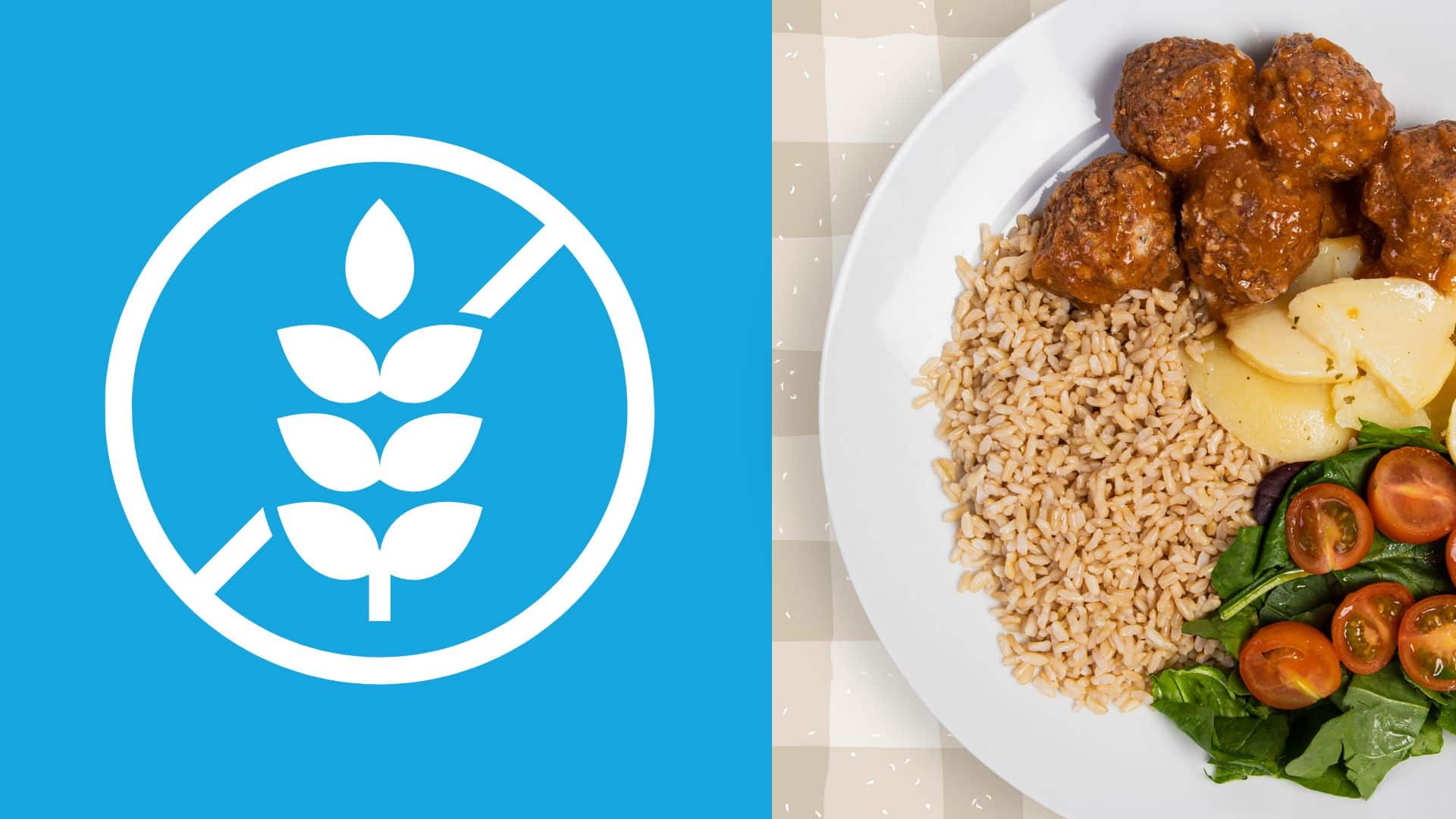
If you’re one of the millions of people who have celiac disease or gluten sensitivities, you know that searching for gluten-free food can be an added dietary challenge. It takes effort to find which foods are safe to eat and which foods can cause negative reactions.
Despite this challenge, it is still possible to enjoy variations of any dish you desire, as long as the correct ingredients are substituted. Below is a list of gluten-free foods you can enjoy, as well as a few ingredients to avoid.
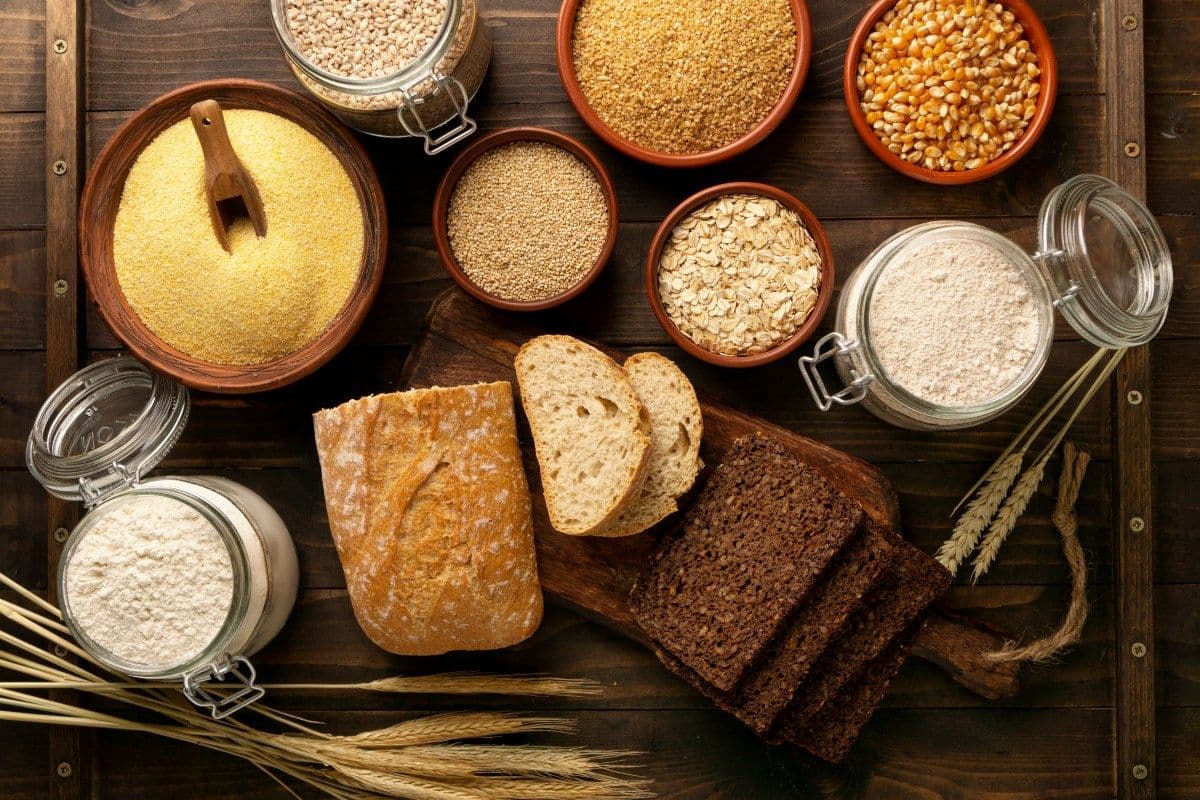
Gluten is a protein found in certain grains like wheat, barley, and rye. For the wide range of foods that contain these grains, gluten can help give shape, elasticity, and a chewy texture.
Gluten is safe for most people to eat, but it can also create adverse health effects for those with celiac disease. Gluten also affects people who have non-celiac gluten sensitivities and some people with irritable bowel syndrome. For these groups, a gluten-free diet is essential to preventing negative immune responses.
With a few prominent exceptions, most types of whole grains are actually gluten-free. These gluten-free whole grains include:
Unfortunately, many of the grains most commonly used for products like bread, crackers, pasta, cereals, baked goods, and snack foods contain gluten. These gluten-containing grains to avoid include:
Fresh fruit is naturally gluten-free. Although processed fruit can have additives or flavorings that contain gluten, you can still enjoy a wide variety of fruits in their natural state, including:
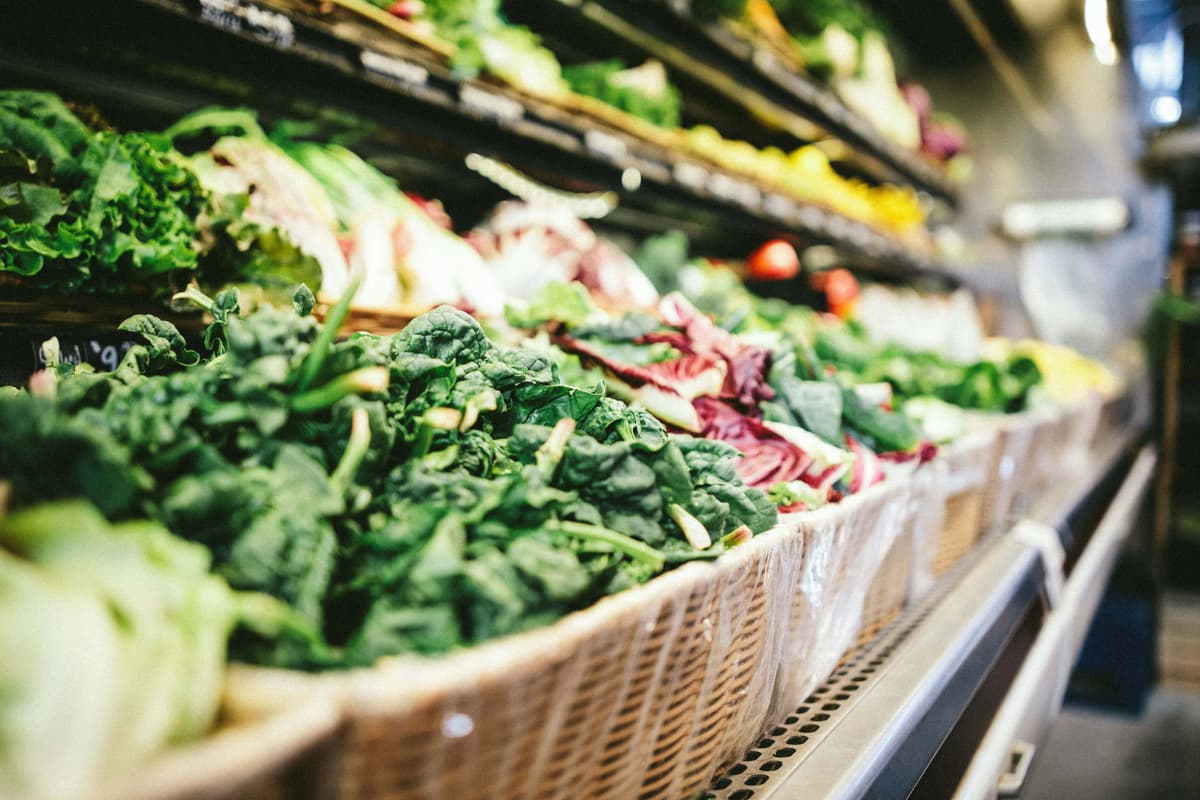
Fresh vegetables are also naturally gluten-free. As long as they are unprocessed (as found in a grocery store produce section, not pre-packaged), there is no limit to the range of whole vegetables a person can enjoy while avoiding gluten. This includes:
While whole fruits and vegetables are always gluten-free, processed fruits and vegetables are sometimes packaged with gluten-containing ingredients and sauces. Checking labels is a must for the following processed fruits and vegetables:
Legumes and animal proteins do not naturally contain gluten. Unless gluten-containing ingredients are added—in the form of sauces, breading, and other preparations—the following proteins are safe to eat:
These processed proteins have additives that could contain gluten:
Most unflavored dairy products do not contain gluten. Again, it’s essential to check labels to ensure that no gluten-containing ingredients have been added. People on a gluten-free diet can enjoy:
Most non-alcoholic drinks (and even some alcoholic ones) can be enjoyed by people on a gluten-free diet. Among these gluten-free beverages are:
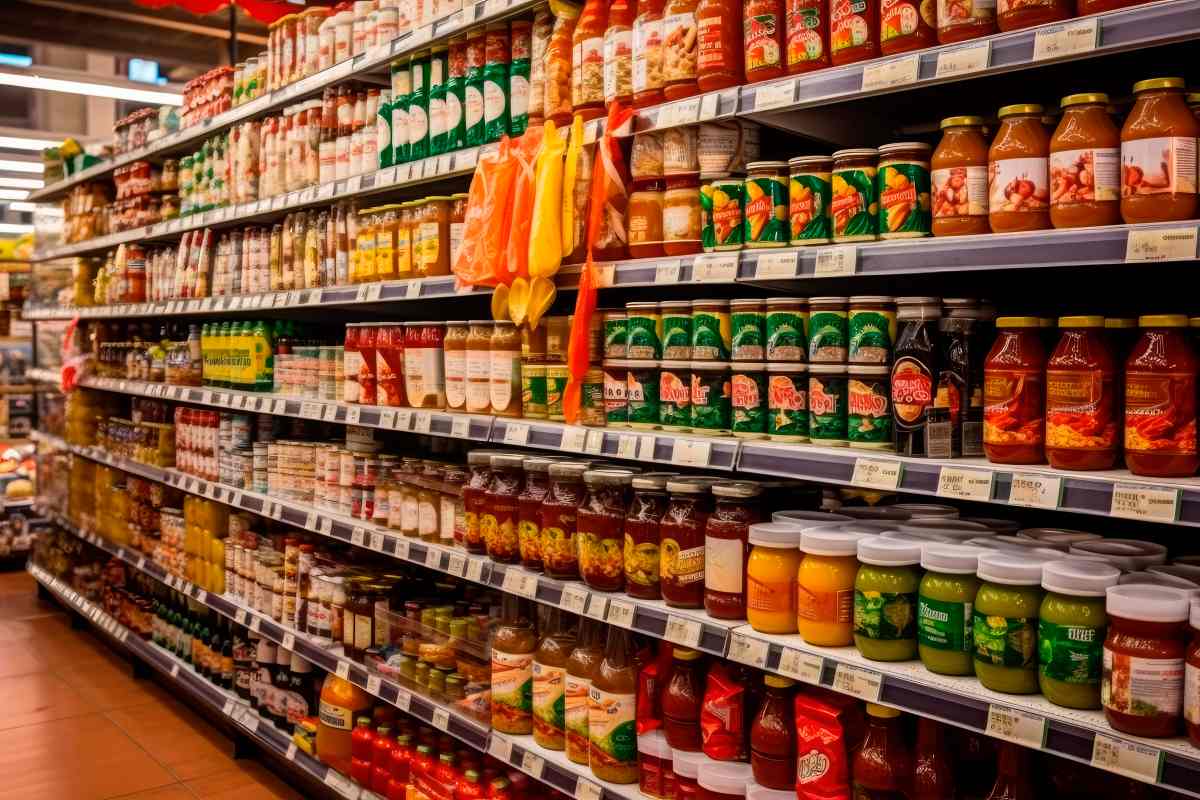
While these products vary widely by ingredients, there are certain condiments, sauces, and spices that never contain gluten. These include:
Although it’s rare for most of these products to contain gluten, some brands and recipes do. It is important to check the label for gluten in:
While adopting a gluten-free diet can occasionally seem limiting, there is still a wide range of foods to enjoy. All unprocessed fruits, vegetables, and meats are naturally gluten-free and can make up a healthy and satisfying diet. Prepackaged forms of these ingredients may have additives that contain gluten. Most dairy products and many sauces are also gluten-free, but these products also need to be checked for added flavoring or thickeners that might contain gluten. Reading labels is the key to spotting gluten in these products.
The most limiting factor of a gluten-free diet is the inability to eat products with wheat, rye, and barley, which are the most common grains. However, for grain products like crackers, pasta, and bread, gluten-free alternatives are easy to find.
Although it takes a little extra attention and planning, navigating a gluten-free diet can be done, and you will avoid troubling symptoms when you work with unprocessed whole ingredients, read labels, and avoid the major gluten-containing grains.

Does eating a healthy diet require you to give up fast food? Not always. If you choose wisely while placing your fast food order, you can incorporate occasional fast food consumption into a balanced diet. Keep these recommendations in mind. Next time you head to your local fast-food restaurant, these five suggestions can help you make …
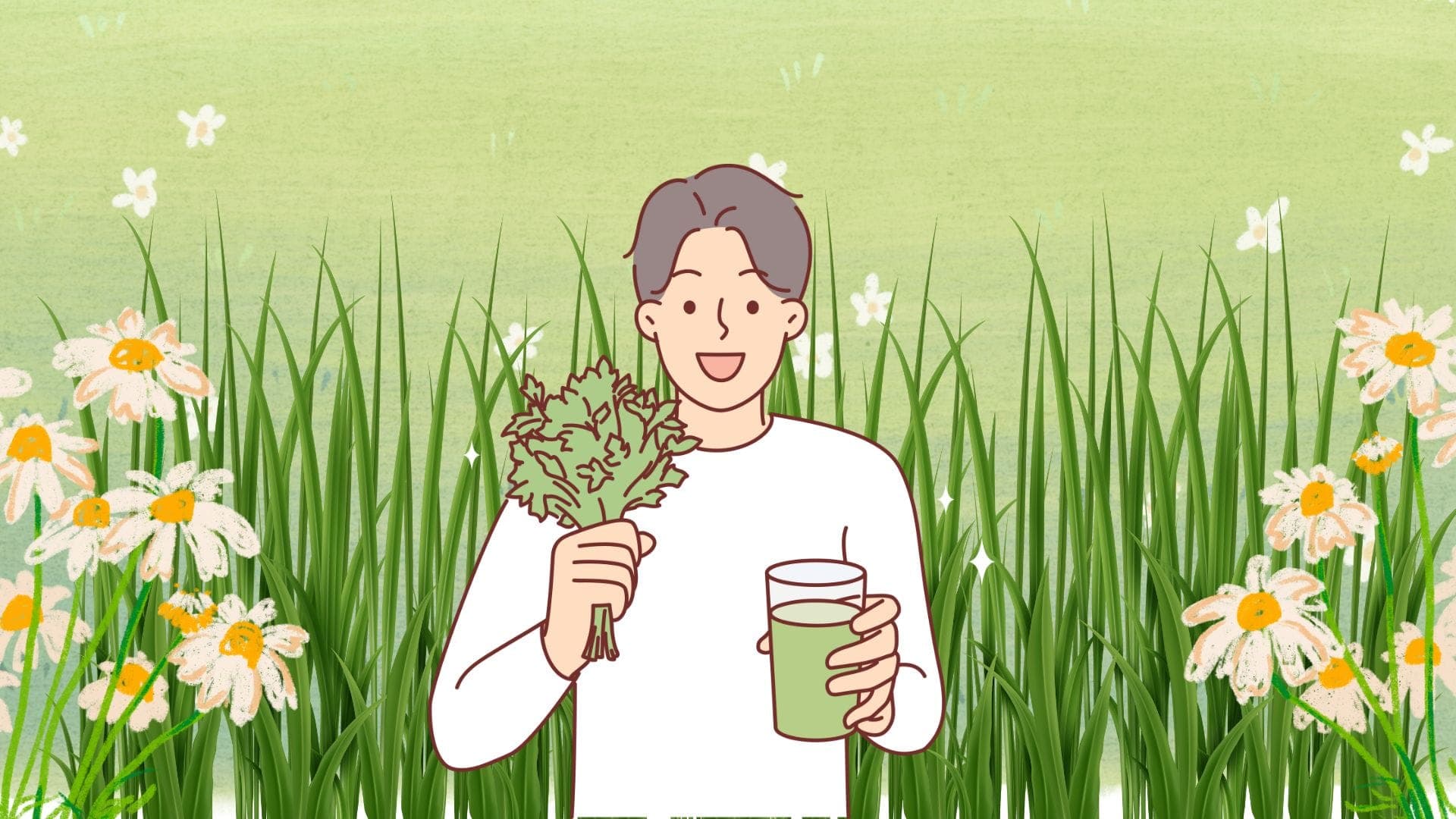
Wheatgrass, the newly sprouted grass of the common wheat plant Triticum aestivum, has been revered as a potent health elixir with many benefits. Known for its vibrant green color and impressive nutritional profile, wheatgrass is packed with vitamins, minerals, enzymes, and amino acids. This nutrient-dense superfood has been praised for its detoxifying properties, immune-boosting capabilities, …
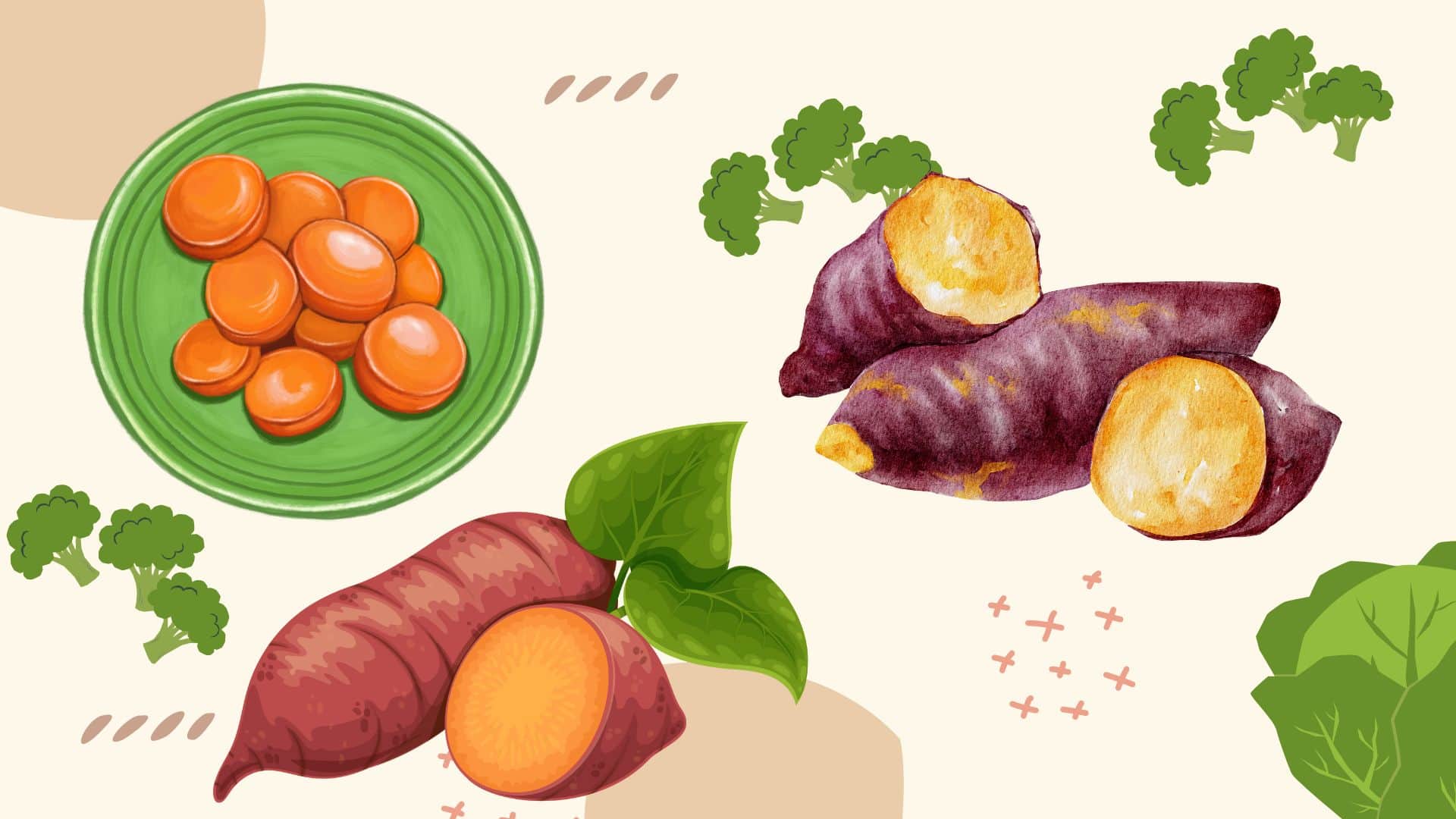
If you’ve ever found yourself in the grocery store wondering whether you should pick up a yam or a sweet potato for your next recipe, you’re not alone! Despite the fact that the names are commonly used interchangeably, yams and sweet potatoes are quite different—both in origin and in taste. Origins and family When it …